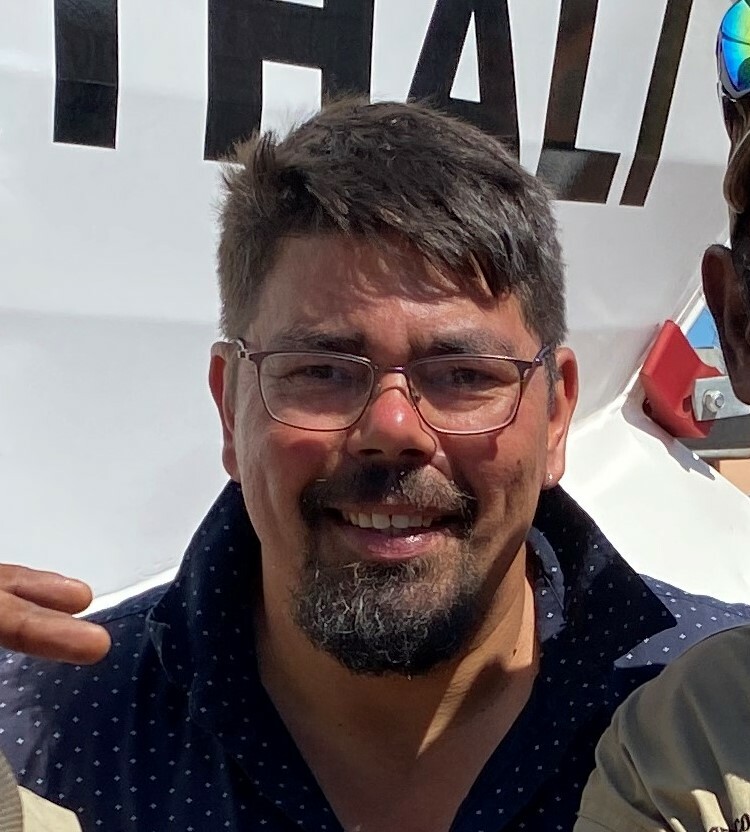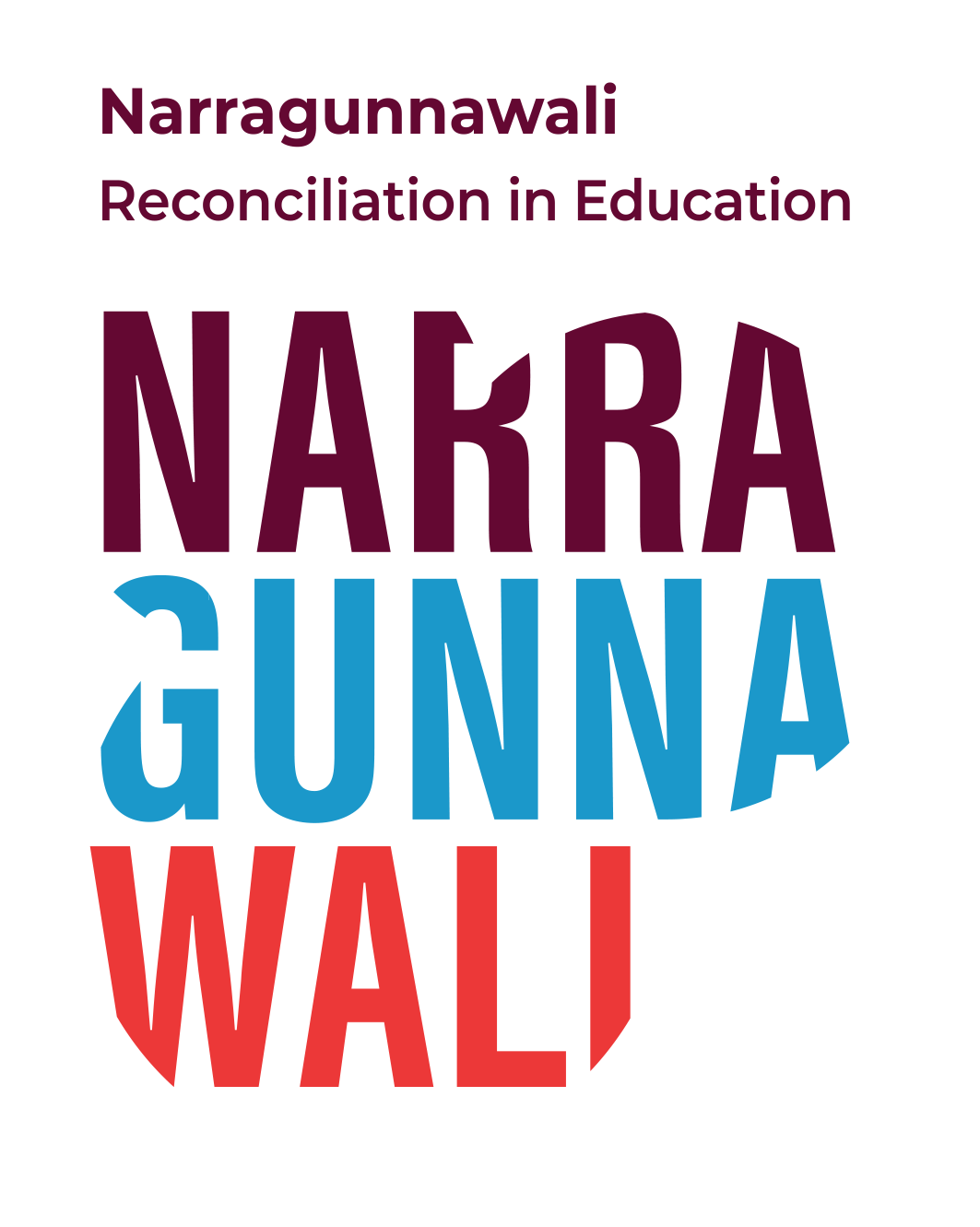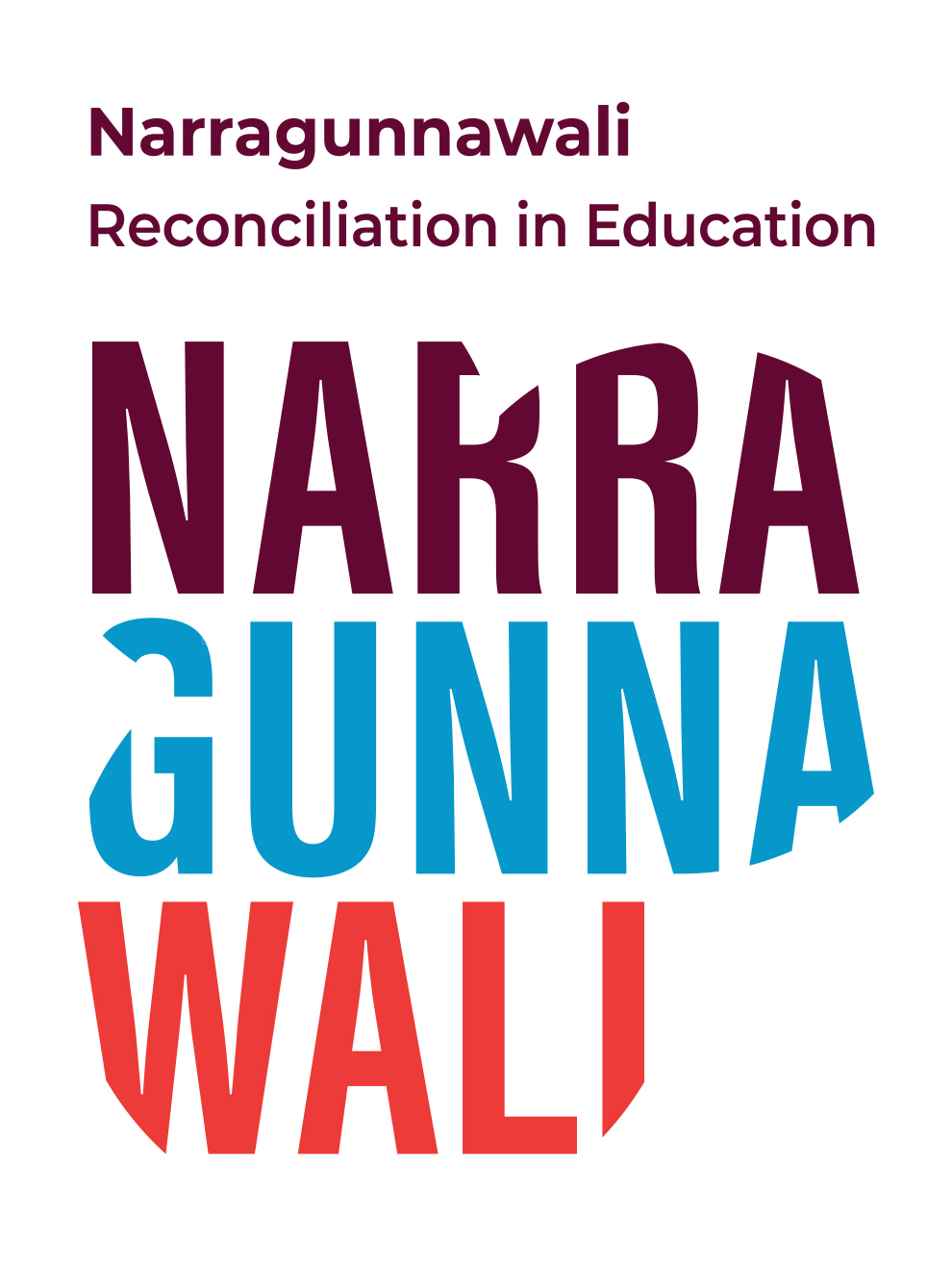Teacher Feature - Joe Sambono

Joe is a Jingili man who specialises in embedding Australian First Nations histories and cultures throughout the Australian education sectors, primary to tertiary. Joe followed his passion and cultural connections to wildlife to start his career as a zoologist, and later merged his biology and cultural background with a career in education. Joe has previously led national curriculum initiatives at the CSIRO and ACARA. He is currently the Program Lead for Embedding Indigenous Australian Perspectives with the Queensland University of Technology.
What drew you to education?
What drew me to education was my own background and experience of education. I had a really challenging time at school. And while there were a couple of really good teachers, my science teacher in particular, I’d describe my education experience as a mini war – I was at war with my teachers and at war with the school. The thing I knew was that I wasn’t dumb, but I failed absolutely everything.
I had a love of reptiles and was always getting in trouble for taking snakes to class hidden in my hat. I would wag school to go to the Queensland Museum, where I had a chance encounter with the curator of vertebrates, who would later become my mentor and good friend.
My first paid job was as an educator of some sort. I was put into a national parks and ranger services program. Not long out of school, I started teaching long term unemployed youth and taking them out into the field. I did that for 3 years, and then eventually went and pursued an interest in Zoology.
During that time, I was an honorary at the Queensland Museum, and my good friend and mentor suggested that I study teaching where I could combine my passion for reptiles with education – all kids love reptiles! It was a bit of a lightbulb moment.
I applied to University of Queensland to do a Bachelor of Education, and later graduated as a teacher with the highest rating. I became a science teacher in a Logan high school, and the whole time I was always trying to stick to my original commitment of why I wanted to be a teacher, which was to do a better job than some of the teachers that had taught me.
What kind of teacher were you when you started out?
I used my wildlife stuff and I had my cultural background on my side – students were interested in that and my understanding of things. I maintained a large reptile collection and had permits that allowed me to do demonstrations, so I did a lot of the spruiking to attract students to the high school. I knew in my heart and from my own education experiences that hands on enquiry and place-based learning was effective.
It’s been over a decade since the Australian Curriculum and the Aboriginal and Torres Strait Islander histories and cultures cross-curriculum priority was introduced – what has this meant for the way in which First Nations histories and cultures is embedded in the curriculum, and why is this important for the national reconciliation process?
The idea of embedding is not new – this goes back to the 1970s. We have long realised that the education model was alienating to us, and we lacked a feeling of belonging, and everyone accepted that we would gravitate to education models that were inclusive of us.
We are now in a new era in education.
At a national level we now have this formally agreed requirement of a 3-dimensional curriculum that says that school is not just about the three ‘r’s, there are these other important areas of education that shape Australian citizens, and part of that is making sure we have our histories and cultures also included in the education system. And that is new!
We get two fundamental needs met through the Aboriginal and Torres Strait Islander histories and cultures cross-curriculum priority: the need for us to see ourselves in the curriculum, and the requirement that all Australians learn about Australia’s First Nations peoples to empower them to engage in reconciliation processes. If you don’t know about us, how can you have a respectful conversation with us?
In terms of national reconciliation, it’s probably the biggest and most important thing there is.
What are you hoping to see from schools and early learning services in this year's Narragunnawali Reconciliation in Education Awards?
Going back to those two needs, I hope we see examples of our kids doing really well and thriving in their learning, especially in science. And I hope to see students learning more about who we are, our histories and cultures.
This is a more complete education, this is an Australian education that respects us and ensures that when children grow up they don’t say “I wish I learned that at school”.
I know the advantages and I know what’s on offer. I want to see more.
Don’t forget to share your school or early learning service’s reconciliation story by applying for the Narragunnawali Awards 2023 before 5 May! Finalist schools and early learning services will have the opportunity to connect with Joe and the wider Judging Panel through the assessment process.
For more information visit narragunnawali.org.au/awards
-
18 Apr 2024Teacher Feature – Sherri Bryers, Tasmania
-
18 Apr 2024Civil Discourse: Post-Referendum for schools
-
18 Apr 2024NATIONAL RECONCILIATION WEEK 2024 CURRICULUM RESOURCES


